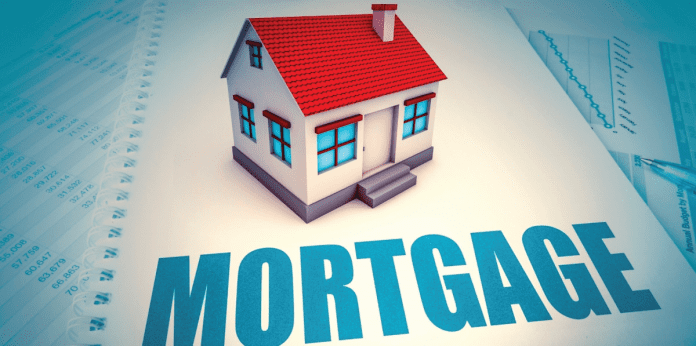Many headlines circled the internet regarding new mortgage guidelines implemented by the Federal Housing Finance Agency (FHFA), which were pushed by the Biden Administration. FHFA fees, also called loan level pricing adjustment (LLPA) fees, have been part of a conventional loan lending since 2008, and are designed to ensure the “stability and soundness” of Fannie Mae and Freddie Mac, two U.S. government-sponsored mortgage companies. Many mistakenly think that the new mortgage guidelines will result in consumers with higher credit scores ending up paying more on their mortgage than consumers with a lower credit score. This is not the case.
The new mortgage rules went into effect May 1st. Higher credit scores will still give you better mortgage rates. However, the gap is narrowing and the government is making rates for those with good scores worse than they were previously, and the rates for those with poor scores are slightly better.
In my opinion, those with good credit scores are paying the price and narrowing the gap for those with bad credit scores. BUT don’t be tricked into thinking that bad credit scores pay off!
First Things First
It’s not true that someone with a lower credit score will pay less on their mortgage than someone with a higher credit score. There is absolutely no case in which someone with a lower credit score will pay less than someone with a higher credit score.
So What Changed?
The new LLPA (Loan Level Price Adjustment) guidelines reduce the gap between consumers with high credit scores and consumers with lower credit scores.
The guidelines reduce the gap by raising the rates for those with high credit scores and lowering the rates for consumers with low credit scores. So, this reduces the gap between the two. But the end result is still that the higher credit score gets the better rate, just the difference is smaller.
For example, let’s use a $500k mortgage on a $625k purchase price. A consumer with a 640-credit score with the old rates would pay 7.6 percent interest. With the new rates, they pay only 7.3 percent.
Using the same scenario, a consumer with a 740-mortgage score with the old rates would pay only 6.3 percent interest but with the new rates that consumer’s interest rate will be raised to 6.6 percent.
So, the buyer with the 740-credit score is paying more than he/she used to, but they are still paying much less than the buyer with the 640-credit score (6.6 percent versus 7.3 percent).
Why Are They Making These Changes?
These changes are part of a government initiative to make homeownership more affordable to underserved communities and first-time homebuyers. I think that the Biden administration wants to close the racial homeownership gap and bring more low-income buyers to the home buying market. Their thinking is that low-income consumers usually have lower credit scores, so lowering their rates and offsetting the loss by having consumers with high credit scores pay higher rates will help them.
However, I think this is extremely unfair to the consumers who worked hard to build their credit and now they must pay a higher interest rate in order to offset the loss from higher risk borrowers with low credit scores.
Where It Is Getting Better
Two-Four-unit property: Buyers used to pay higher interest rates for a two-four- unit apartment than for a single unit. Now buyers will pay for a two-four-unit the same rate as for a single – this is a great help for many investors.
Putting a bigger down payment: Putting down a bigger down payment always helped your interest rate, but now it will help more than ever, especially for consumers with low credit scores. The difference in interest rates will now be more significant when putting down a bigger down payment (unless you put down as little as five percent, then the adjustment shockingly becomes better! However, it is important to consult your mortgage lender about the other implications a larger loan can mean).
Basically, the difference in interest rates for someone with a high credit score and someone with a low credit score is now less than it used to be, but someone with a high credit score still gets better rates than someone with a low credit score.



